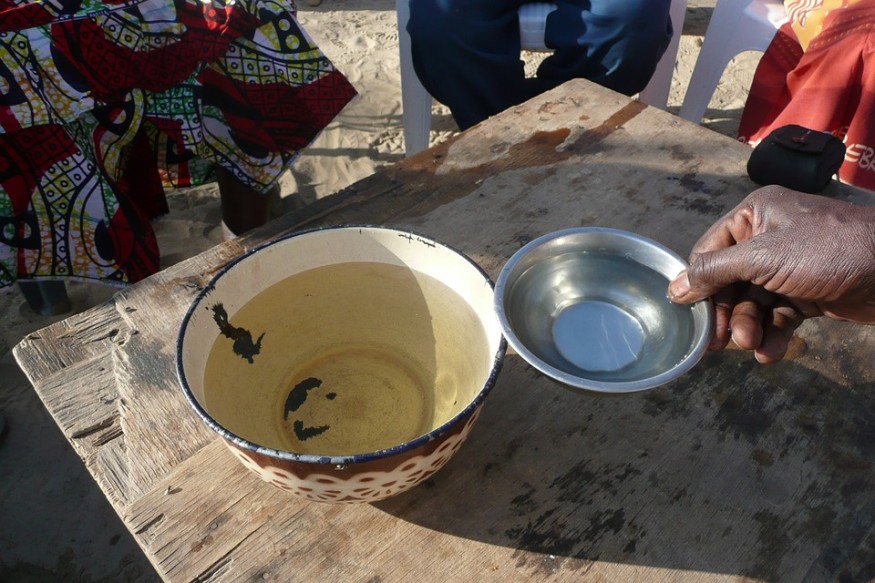Scientists are trying to mitigate the effects of storms and hurricanes on the water access and water supply by employing solar power, an innovative water pump system, and desalination.
With Hurricane Maria's onslaught in Puerto Rico in 2017, most of its electrical supply was affected.
Water treatment and distribution operations halted due to the systems' reliance on power. Over half of all Puerto Ricans, numbering 800,000, lost clean water access for many months.
According to the nonprofit global engineering organization Water Mission's disaster response director Mark Baker, phone lines, trees, roads, and bridges were down. Access is difficult in many communities.

READ: How to Stay Protected from Toxic Drinking Water Caused by Wildfires
Other water sources
Private wells relying on electricity were useless; anyway, the groundwater has been contaminated by the sea.
According to Columbia University water quality expert Ben Bostick, people near Dorado siphoned well water from a site of groundwater contamination, which was part of a cleanup program for hazardous waste.
Others used waterways polluted by sewage from inoperative treatment plants.
Effects
This caused considerable incidences of waterborne illnesses such as leptospirosis.
The climate crisis has made typhoons and hurricanes more frequent and much stronger, causing more flooding that takedown water treatment plants and take away clean water access.
One out of nine persons lacks such access even without natural disasters. In the US, over two million are in such a state.
READ ALSO: Chemical Found in Drinking Water May Be Responsible for Thyroid Disruption
Off-grid solar water pump
Water Mission introduced a water pump device that supplied safe water for people from 56 countries. It runs on solar power and does not need batteries.
It comes from Grundfos, a European manufacturer of pumps. It draws water from surface and underground sources and stores it in tanks. It has a reverse osmosis system that forces dirty water into a membrane to eliminate contamination.
It can be operated off-grid and has been in use for more than twenty years. Advances in solar power technology have made it even more sustainable and cost-effective, although it needs a complicated setup and is bulky.
According to Water Mission CEO George Greene, it is directly hooked into solar panels and pumps water to elevated tanks.
Water Mission has used it to help more than 700,000 refugees in West Tanzania and Uganda.
Desalinating device
Monash University researchers created a desalinating device that also uses solar power. It employs the MOF or metal-organic framework technology, which is apparently more efficient than traditional desalination methods.
Its metal ions attract salt from the brackish and seawater, akin to molecular filtering. Clean water amounting to 139.5 liters can be produced per kilo of MOF using 0.11 Wh each day. This is 9,000 less energy than the daily power consumption of average refrigerators per day.
The future
These and other potential methods of producing clean water, including those still being conceptualized and invented, need to be developed soon if people are to be saved. Also, the distribution and access to these poor communities should be considered.
More adaptable systems are being formulated by the water treatment industry in light of the climate crisis and worsening worldwide water crisis.
Innovations are direly needed, such as these solar power water pump devices, desalination, and others, due to the coming storms and hurricanes, which will surely threaten water access and water supply once again.
READ NEXT: New Technology Purifies Seawater Using Metal-Organic Frameworks and Solar Power
Check out more news and information on Water on Nature World News.
© 2025 NatureWorldNews.com All rights reserved. Do not reproduce without permission.





